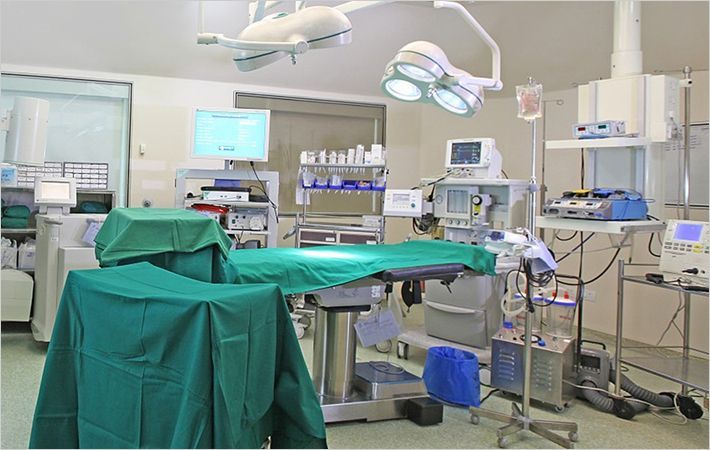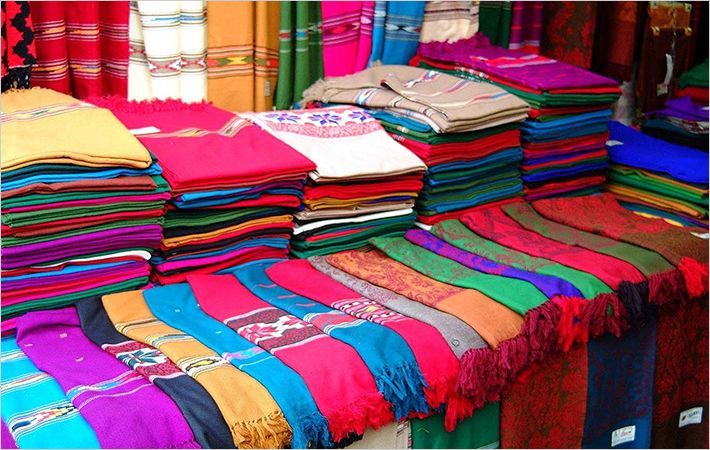Two boats out of the ordinary and four crew members selected among champions: Hydros, the company that operates and develops among others “l’Hydroptère.ch”, has unleashed its best assets at Little America's Cup. Trials began yesterday in Falmouth, England.
Eight countries will compete aboard catamarans with dimensions not exceeding 7.62 x 4.20 m in size and 27.8 m2 in sail area. The two teams representing Switzerland have been training since early September aboard their vessels mounted on "hydrofoils", where they are capable to rise above the waves given specific wind conditions.
Hydros is very ambitious about this race. Florent Gaillard, head of communications, said openly: "We have what it takes to win!" And his optimism is not unfounded. Both catamarans have accumulated a substantial know-how in the course of countless practice sessions aboard the “Hydroptère.ch” on Lake Leman.
Exceptional partnership
The technology used also results from industrial and academic partnerships in the Leman area that have managed to establish a genuine "cluster of excellence" in the field of composite materials. Firstly, the boats are assembled in the Décision S.A. shipyard in Ecublens.
Their construction puts great emphasis in the use of revolutionary materials whose development has been made possible by the involvement of several EPFL units such as the Laboratory of Applied Mechanics and Reliability Analysis (LMAF) and the Laboratory of Polymer and Composite technology (LTC). Finally, the raw material used to build the boats’ structure and wings is manufactured by North TPT, in Penthalaz.
The specialty of this quest, which makes it stand out at an international level, is the use of carbon fiber and thin film glass composites. Developed from the outset for sailing related applications, these materials became known in 2007 thanks to the famous Alinghi "black sails". At present, the same constituents allow the production of particularly light and strong rigid structures. Thus, the North TPT material is also used in some of the most important parts of the second Solar Impulse airplane.
Joel Cugnoni from LMAF keeps regular contact with this company. "We characterize these materials by accurately studying their behavior in extreme situations, he said. For example, we have found that the assembly of thin films is incredibly resistant to fatigue and able to preserve all its features intact up to its breaking point."
The specialists who have combined their efforts to create these two exceptional boats are gathered in a relatively small geographic area. They already prepare the future by launching last summer an international student's competition, called HydroContest, in which participants will have one year to enhance the performances of a given boat (inscriptions are still open).
But for the time being, the will all have their eyes on England. The suspense will not last too long though: the finals will begin on Thursday ending on Saturday.
EPLF

